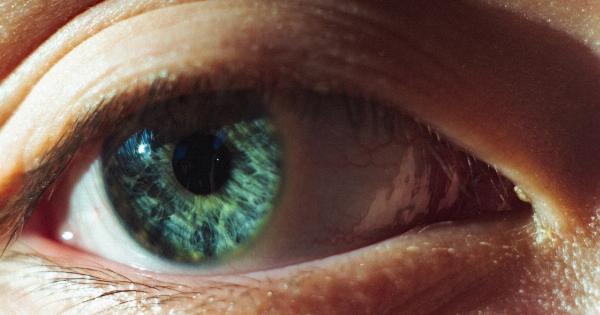Head injuries are a common occurrence, often resulting from accidents, sports activities, or sudden trauma.
Assessing the severity of a head injury is crucial in determining the appropriate course of treatment and ensuring the patient’s well-being. While traditional assessment methods involve physical examinations, medical professionals are increasingly turning to a surprising source of information: the eyes.
The Importance of Assessing Head Injuries
Head injuries can range from mild concussions to severe traumatic brain injuries (TBIs). Detecting the severity of a head injury is essential for determining the appropriate intervention and minimizing potential long-term effects.
Prompt and accurate evaluation is crucial to prevent further damage and ensure the best possible recovery for the patient.
Traditional Assessment Methods
Traditionally, healthcare professionals have relied on various physical examinations to evaluate head injuries. These assessments typically include assessing cognitive function, motor skills, balance, and other neurological signs.
While these methods are effective, they may not always provide a complete picture of the injury’s severity.
The Role of Ocular Assessment
The eyes are often regarded as windows to the soul, but they can also offer valuable insights into the severity of a head injury. The use of ocular assessment in head injury evaluation is gaining traction in the medical field.
By examining the eyes, medical professionals can identify specific signs that indicate the severity of the injury and guide treatment decisions.
Signs to Look for During Ocular Assessment
During an ocular assessment, healthcare professionals look for several key signs that may indicate the severity of a head injury:.
1. Pupillary Changes
Examining the size, shape, and reaction of the pupils can provide crucial information about the brain’s condition.
Pupil dilation, asymmetry, or sluggish responses may indicate increased intracranial pressure or damage to specific brain structures.
2. Eye Movements
Assessing eye movements can reveal impairments in coordination, tracking abilities, or abnormal patterns. Nystagmus, for example, involuntary eye movements, can be a sign of a more severe head injury.
3. Visual Disturbances
Head injuries can also result in visual impairments such as blurred vision, double vision, or partial loss of vision. These disturbances can signify damage to the optic nerves or visual processing centers of the brain.
4. Subconjunctival Hemorrhage
Subconjunctival hemorrhage, commonly known as a “red eye,” occurs when small blood vessels in the eye burst. This condition can suggest trauma or increased intracranial pressure.
5. Periorbital Ecchymosis
Periorbital ecchymosis, colloquially referred to as “raccoon eyes,” is the appearance of bruising around the eyes. This symptom can indicate skull fractures or significant head trauma.
6. Retrobulbar Hemorrhage
Retrobulbar hemorrhage is a more severe condition that occurs when blood collects behind the eye. It can cause proptosis (bulging eyes) and severe pain, requiring immediate medical attention.
7. Conjunctival Lacerations
Conjunctival lacerations, or cuts on the delicate membrane that covers the eye, can result from severe head trauma. These lacerations may require sutures to prevent further damage.
8. Hyphema
Hyphema refers to the presence of blood in the anterior chamber of the eye. This condition can occur due to head trauma and may require urgent treatment to prevent complications and vision loss.
9. Ocular Hypertension
Ocular hypertension, or increased pressure within the eye, can be a result of head injuries. If left untreated, it can lead to vision damage or permanent loss.
10. Unequal Visual Acuity
Comparing visual acuity between the eyes can help identify potential injuries. Significant differences in visual sharpness may suggest damage to the optic nerve or other visual components.
Conclusion
As the medical community seeks more accurate and efficient ways to assess head injuries, ocular assessment emerges as a valuable tool. Analyzing the eyes allows healthcare professionals to gain insights into the severity of a head injury quickly.
By identifying key signs and symptoms, medical professionals can make informed decisions regarding treatment and patient care.




























